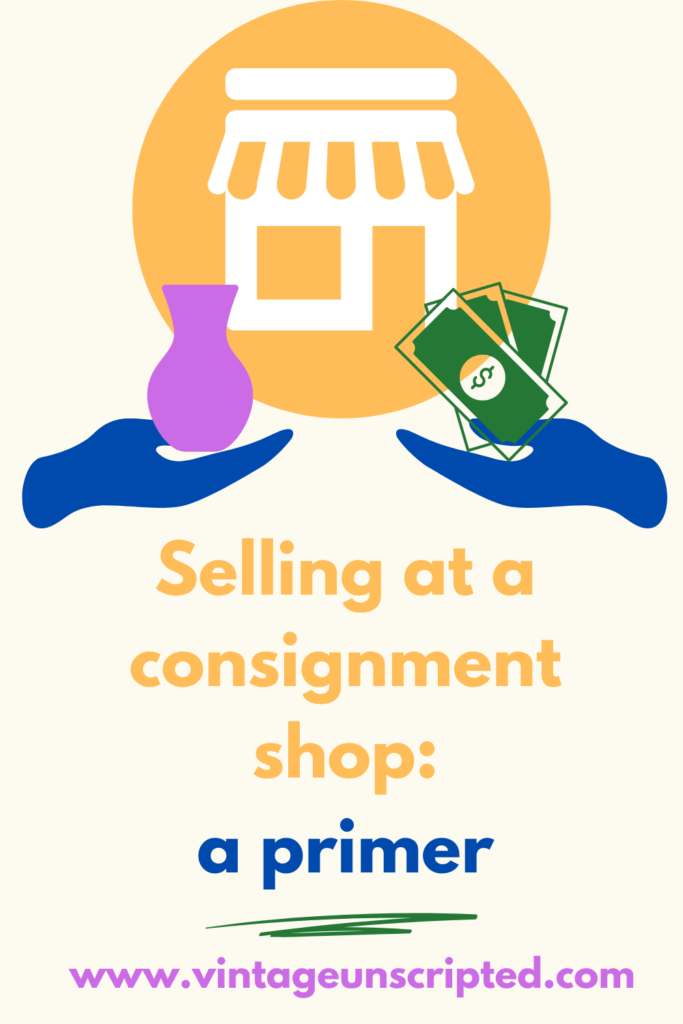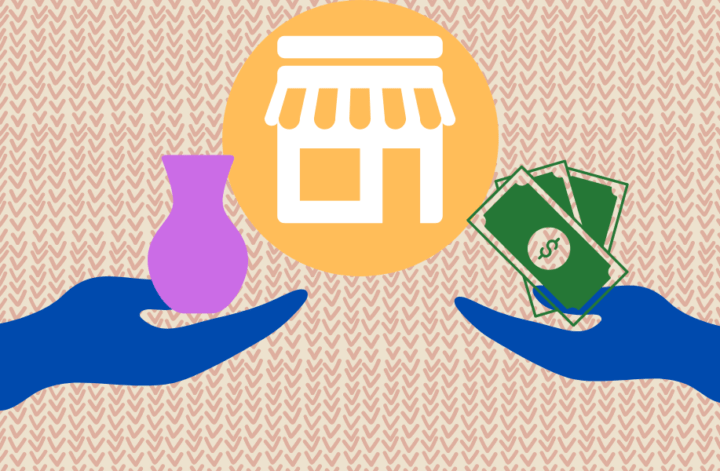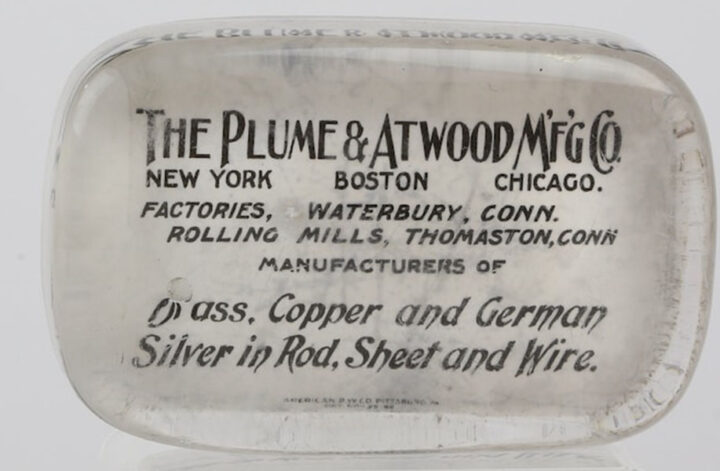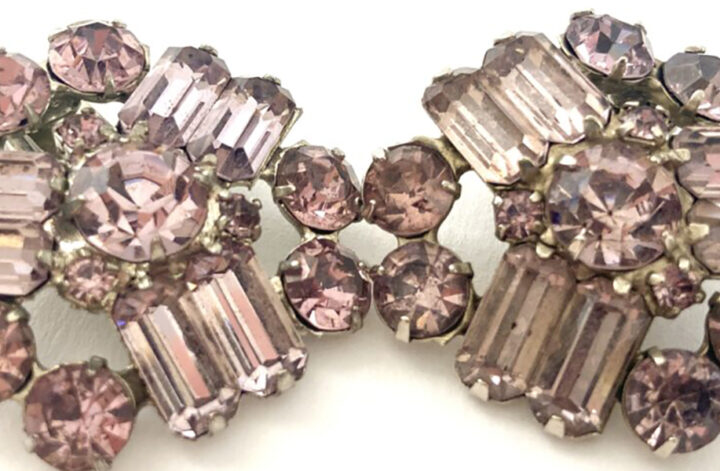Many of us have experience buying at consignment shops, but when it’s time to winnow down a collection, you think about reversing the process. Have you ever considered selling at a consignment shop? It’s not complicated. If you do some research before you consign your goods, you can make those consignment checks bigger.
Like any other retailer, each consignment shop has its own style. Finding a shop that is familiar with the things you want to sell and is in a good area to market those things is a first step. Make a list of shops in your area and visit ones you are unfamiliar with. Ask friends for referrals to shops they have used. Also, it might be worth a drive to a consignment shop in an antique mecca if you are selling vintage or antiques and your local shop doesn’t have many vintage buyers.
A retailer’s website should list consignment policies and give you some idea how they market goods above and beyond their bricks and mortar location. Although a well-designed website does not always guarantee a well-run store, it does show that the owner is a professional who pays attention to detail and appearances. Look at their social media accounts. Do they post regularly and are their posts appealing?
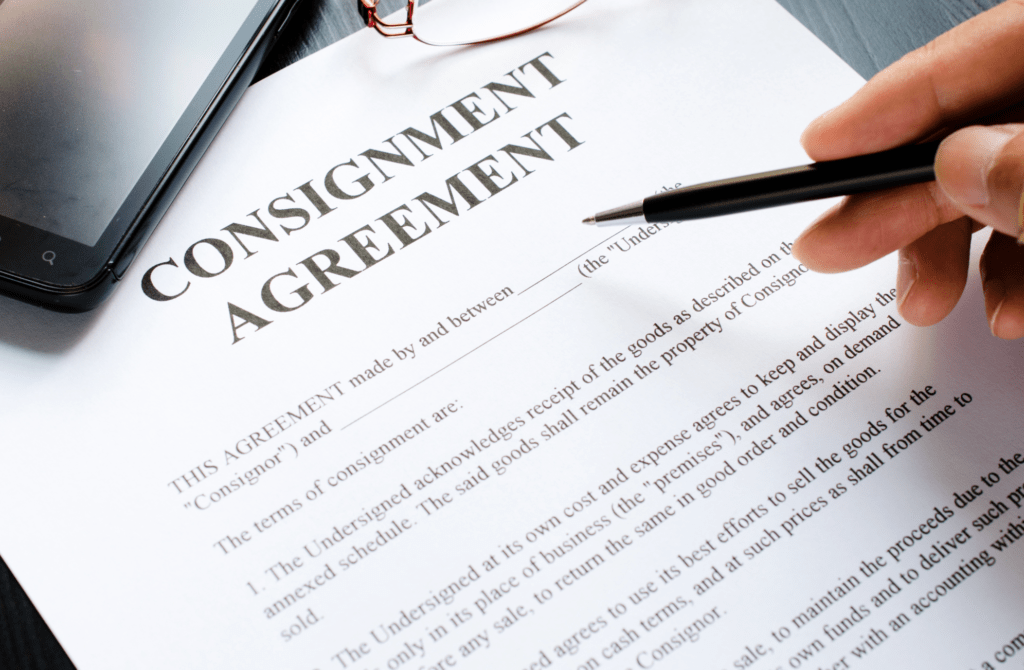
If you’re thinking of selling at a consignment shop that’s new to you, make a visit. While you’re browsing and reminding yourself you’re there to sell, not buy, think about these questions:
- What’s your first reaction? Is the store appealing from first glimpse?
- Is the merchandise well displayed?
- Will the items you’re selling fit in well with the other merchandise?
- Is the staff friendly and helpful if you ask questions about merchandise? Are they knowledgeable? Or are they overly attentive to the point of annoying or disengaged and unwelcoming?
- Does the pricing seem fair to both buyer and seller?
- Are there other customers browsing?
- If it’s a store that does markdowns after 30 and 60 days, have many items have been there long enough to reach discount dates?
Once you’ve narrowed the list of contenders, it’s time to talk to store management and get explanations of all their policies:
- How many items can be consigned at one appointment?
- Do they provide pick-up service and is there a fee?
- How long is the consignment period?
- Can you reclaim unsold merchandise at the end of the consignment period? Don’t assume this is the case. Some stores require items to be donated and some stipulate that unsold good become property of the store.
- What is the consignment commission?
- Are there any other fees?
- How often are consignment checks mailed out?
- Who sets the prices and how are they set?
- Who are their primary customers and what are the best selling categories of items?
If you like what you’ve seen and heard, make a consignment appointment. Depending on where you are, this can be next week or three months out.
Everything you bring to sell at the consignment shop should be clean, and, unless it is an old and valuable piece, free of flaws. No one buys chipped china, for example, unless it’s 100 year old ironstone when chips might be overlooked. And the consignment shop may reject pieces that are dusty or even worse, covered in basement grime.
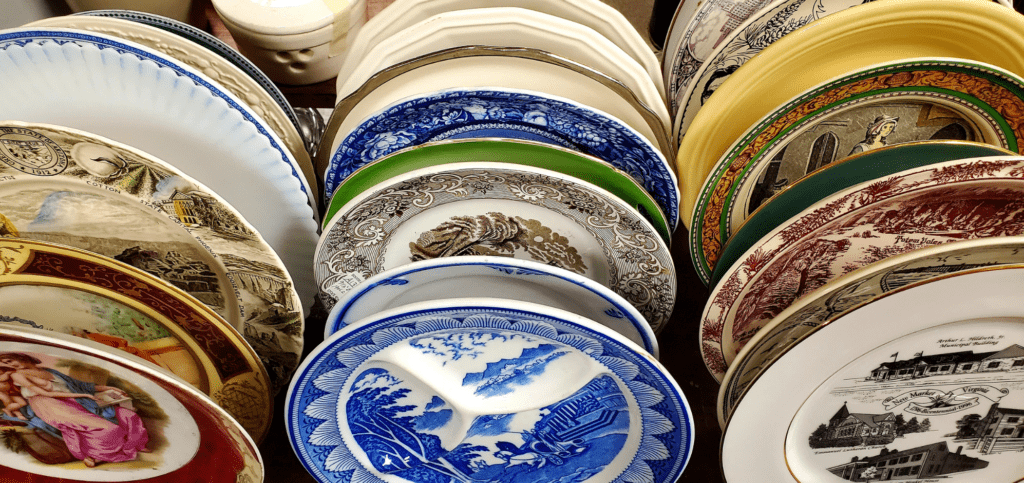
Also make sure it’s appropriate to the season. Unless they have a year round holiday section, consignment shops don’t want your Christmas decor in April or your Easter decor in November.
About your appointment: some consignment shops review things with you and others have you drop off and come back to pick up rejects. Most shop owners will not give you pricing on the spot. They need to evaluate and research each piece. Be open-minded and be realistic; your goal is to turn things you aren’t using into cash. And chances are the owner is more familiar with current values than you are, so taking their advice is a good choice.
Don’t be surprised if you come away from an appointment with things the shop owner declines. A good shop owner knows her clientele and will only accept those things he or she knows she can sell. It is tough to sell a lamp without a shade. Punch bowls, unless they are fabulous, are a hard sell. Plain glass can be bought at a thrift store. It may also be that they are currently stocked to their armpits in crystal wine glasses and don’t want any more right now. Lick the wounds to your ego and respect their judgement.
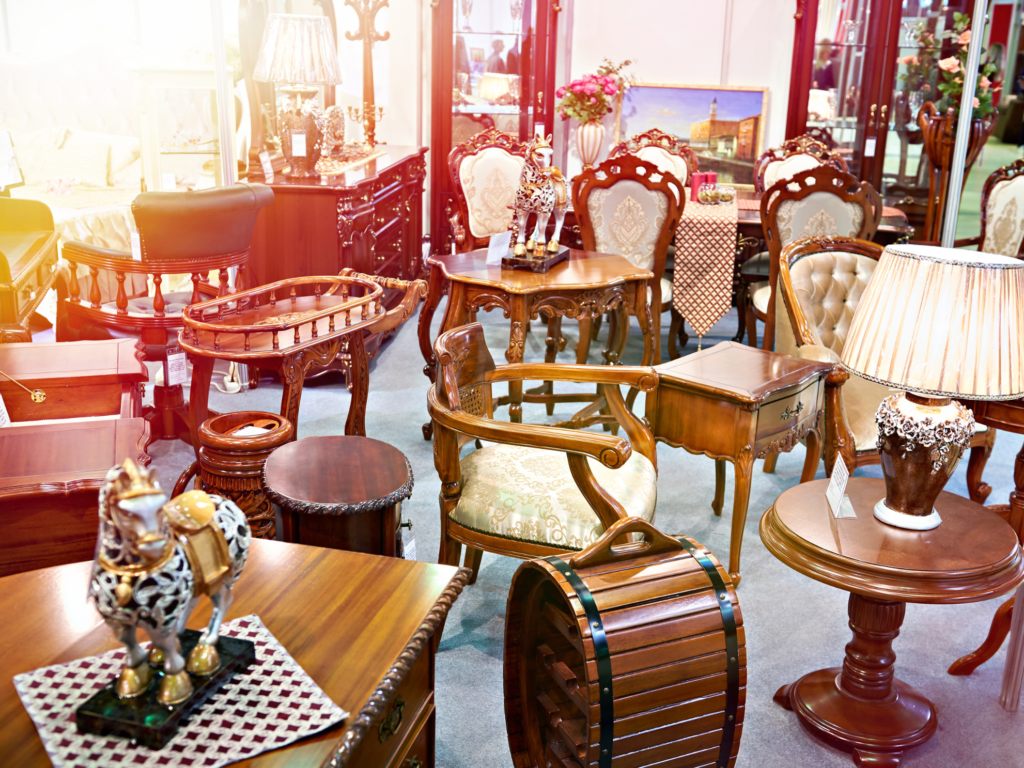
Selling at a consignment store means keeping track of when the consignment period ends. Some stores have an online portal for you, others you need to visit shortly before time is up to see how much remains. Hopefully, it’s not much. Make an appointment to pick up and pack up unsold merchandise yourself, if you’re so inclined. It’s also possible that unless it truly is a high value item, you might be happy to forget it exists once you’ve consigned it. If it sells and you get a check, that’s gravy. If it doesn’t sell, at least it’s not lurking at your house anymore and the consignment store will ultimately donate it.
Consignment fees might arch your eyebrow. Running a consignment shop is a high overhead business. The owner needs to make sure the commissions cover expenses with a little on the top for their retirement account. Having other people sell things for you has a cost, but it can be worth the price to not have to do it yourself. Selling at a consignment shop means you don’t have to field a thousand Facebook messages or have a parade of people through your door to look at things. That alone is worth the consignment fees.
Have you successfully consigned things before? Or do you have a nightmare story? Let us know in the comments.
